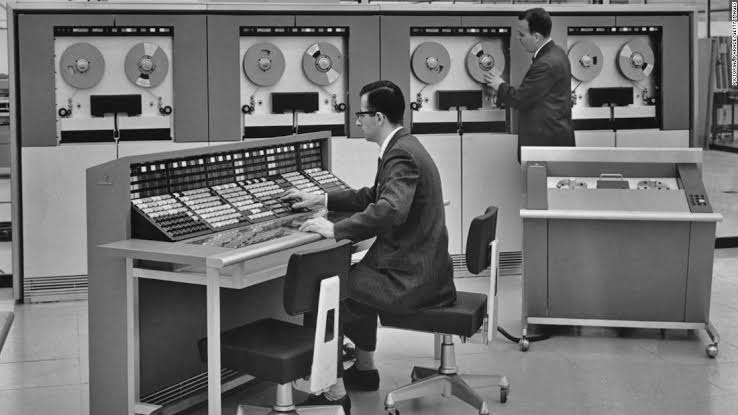In the ever-evolving landscape of technology, there’s a driving force that has propelled us into the digital age, revolutionizing the way we live, work, and connect with the world. It’s none other than Moore’s Law, the remarkable observation made by Gordon Moore that has guided the rapid advancement of computing power for decades. Join us as we dive into the depths of this awe-inspiring principle and explore how it has shaped the world around us.
Back in 1965, Gordon Moore, one of the co-founders of Intel Corporation, astutely observed that the number of transistors on a microchip was doubling approximately every two years. This revelation laid the foundation for what we now know as Moore’s Law. Initially focusing on integrated circuits, this law has become synonymous with the astonishing progress of technology as a whole.
Imagine a world where computing power is stagnant, and our devices are limited in their capabilities. Moore’s Law has shattered those boundaries by enabling an exponential growth in the number of transistors on a microchip. This exponential growth has opened the floodgates to a universe of possibilities, fueling innovation and empowering us to achieve feats we once thought impossible.
Moore’s Law has played a pivotal role in propelling the development of computers. Every iteration of the law brings us smaller, faster, and more efficient machines. It has allowed us to create powerful desktop computers, sleek laptops, and pocket-sized smartphones that possess more processing power than the computers that put a man on the moon.
While Moore’s Law found its roots in the world of semiconductors, its influence extends far beyond computing. Industries such as telecommunications, healthcare, transportation, and entertainment have all been touched by the exponential growth of technology. It has birthed breakthroughs like high-speed internet, medical advancements, autonomous vehicles, and immersive virtual reality experiences.
As we journey further into the 21st century, the challenges of sustaining Moore’s Law become increasingly apparent. The physical limitations of miniaturization, heat dissipation, and quantum effects pose hurdles that demand innovative solutions. Some skeptics even question the future of Moore’s Law. However, history has shown us that when faced with obstacles, brilliant minds rise to the occasion, redefining the limits of what is possible.
Moore’s Law has been a guiding light in the realm of technology, propelling us forward on an incredible journey of discovery and progress. It has transformed our world, enhancing our lives in ways we couldn’t have fathomed. While the road ahead may present challenges, the spirit of innovation and human ingenuity will continue to push the boundaries of what Moore’s Law can achieve. As we navigate the future, let us embrace the power of exponential growth and the promise it holds for a brighter tomorrow.
